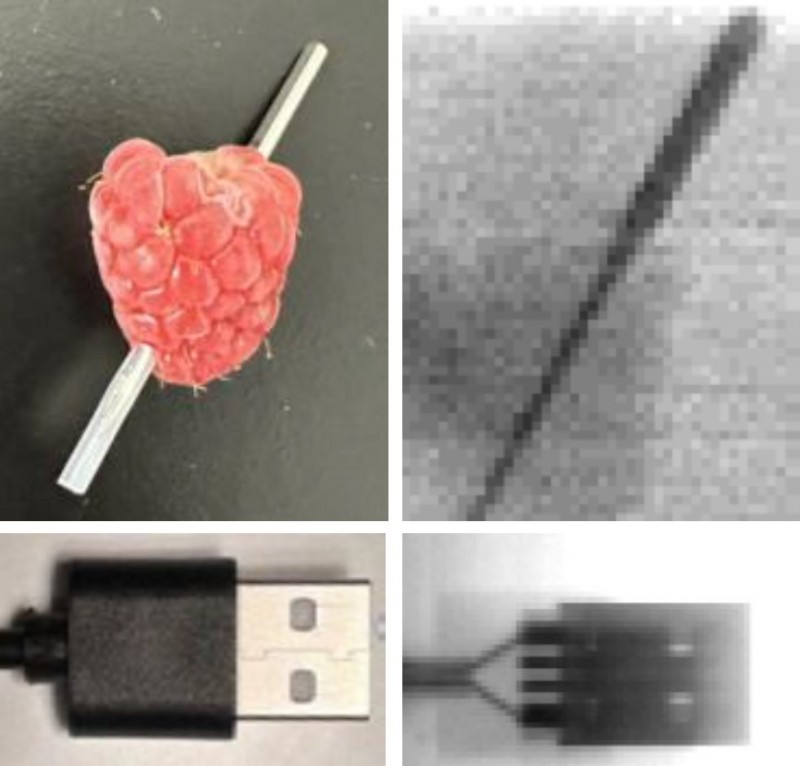New X-ray Detector Technology Delivers Quality Images at Lower Radiation Doses
Images

Researchers publishing in ACS Central Science have taken a step toward safer X-rays by creating a highly sensitive and foldable detector that produces good quality images with smaller dosages of the rays.
“This advancement reduces detection limits and paves the way for safer and more energy-efficient medical imaging and industrial monitoring,” says Omar F. Mohammed, the corresponding author on the study. “It demonstrates that cascade-engineered devices enhance the capabilities of single crystals in X-ray detection.”
Just like visible light and radio waves, X-rays are a form of electromagnetic radiation. Their high-energy state allows them to pass through most objects — including the soft tissues of our bodies. To produce an X-ray image, called a radiograph, the rays either pass through the body and appear as shadowy shapes on the image, or get stuck in denser tissues like bones, leaving behind a brighter, white area. The amount of radiation a patient is exposed to during a single scan is not dangerous, and one would have to undergo thousands of scans to start to notice compounding effects. However, these repeated exposures to high-energy rays can damage electronic equipment or pose a risk to someone like an X-ray technician. So, the fewer rays used during a scan, the better, right?
Unfortunately, fewer rays mean a lower-quality radiograph. But by increasing the sensitivity of the detector, a low-dose, high-quality X-ray could theoretically be produced. So, Omar Mohammed and colleagues at the King Abdullah University of Science and Technology engineered a device that facilitates these safer X-ray conditions.
To increase X-ray detector sensitivity, the researchers aimed to minimize the dark current — the residual background noise — generated by the device. To do so, they created detectors using specialized methylammonium lead bromide perovskite crystals, and then they connected the crystals in an electrical configuration known as a cascade.
The cascade configuration nearly halved the dark current, which improved the X-ray detection limit by five times compared with previous detectors made from the same crystals but without the cascade. Radiographs made with the new detector revealed fine details, such as a metal needle piercing a raspberry and the interior components of a USB cable. The team states that this technology is a promising method for developing foldable, safer and sensitive commercial X-ray devices, which would serve to minimize radiation exposure during medical procedures and capture subtle details in industrial monitoring.